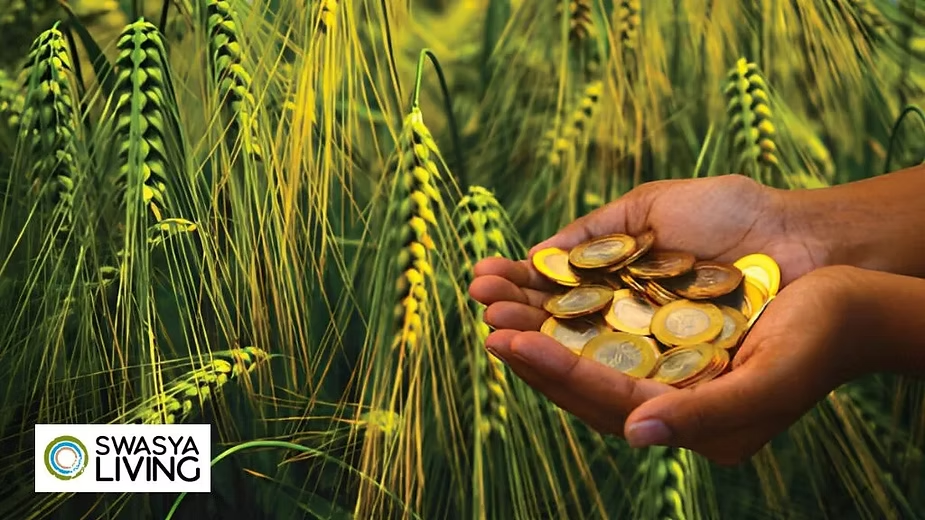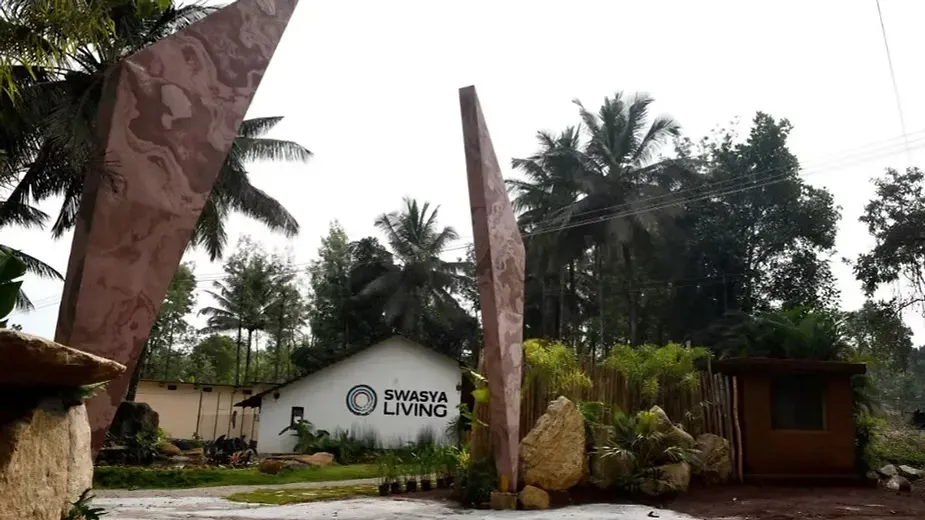How to Buy Farmland in 2025? Key Factors, Legal Steps & Investment Tips
Published on July 25, 2025

If you're finally buying farmland then you're possibly growing your vegetables, starting the vineyard, or simply escaping city life in your mind.
No matter your reasons, purchasing farmland is a big step, but it does not have to be overwhelming. Let's simplify the matter into simple steps. This is essentially your friendly guide to farmland ownership.
Step-by-Step Guide on How to Buy Farmland
Step 1: Figure Out Why You Want Farmland
Take a few moments to sit back and ponder:
- What is my purpose for owning this land? Growing crops? Raising animals? Building a weekend getaway?
- What is my actual requirement for land? A small plot for a hobby farm or an extent from several hundred up to thousands of acres for commercial farming?
- What is my budget? Land is not cheap, and knowing what you can afford is critical.
The purpose will clear you up a lot and minimize the chances of ending up with a bigger piece of land than you can handle (Trust me, you don't want to be that person who bought 100 acres and then had to realize they only needed 10).
Step 2: Do Your Homework
Buying farmland is nothing like a house transaction. So much more is to consider, so roll up your sleeves and earn. Areas to research:
Location:
- Is this area right for what you want to do? For example, growing crops requires fertile soils and a good climate.
- How far away is the property? If it's quite the drive, are you okay with that?
Zoning Laws and Regulations:
- Look into the local zoning laws to make sure you can use that land for your intended purpose.
- Are there restrictions on building structures, digging wells, or raising some animals?
Soil Quality and Water Access:
- Conduct soil testing for checks on fertility and drainage.
- Be sure that a reliable source of water is available, be it a well, pond, or irrigation system.
Infrastructure and Accessibility:
- Are there any roads to access the property?
- What about electricity, internet, and other utilities? (Unless you want some pioneer experience, you'd want these.)
Step 3: Set a Budget
Ranging with location, size, and quality, farmland prices vary largely. Planning a budget, here is how:
- Land costs: The biggest expense, ranges from a few thousand per acre to tens of thousands, depending on the area.
- Other expenses: This includes property taxes, insurance, and maintenance.
- Financing option: If not paying cash, certifications for agricultural loans or programs under the USDA designed to help farmers buy land are worth exploring.
Pro tip: Always keep some wiggle room for unforeseen expenses. (Because, really, who has never come across an unexpected expense?)
Step 4: Find the Right Property
Well, now that you know what you are looking for, it is time to get out there and search for it. Here’s how:
- Work with a Real Estate Agent: Find someone who is involved with farmland. An agent in this field will know the market well and assist you in locating properties that meet your needs.
- Online Listings by Search: LandWatch, FarmFlip, and Zillow are sites where farmland listings can be found. You can filter based on location, size, and price.
- Network with Local Farmers: Sometimes the best deals are not advertised. Speak with some of the area farmers; they may know of land for sale or may be inclined to sell part of their property.
- Drive Around: Go for a drive around the area of interest and keep an eye out for "For Sale" signs. You might just find a surprise.
Step 5: Inspect the Land
After you have shortlisted a potential property that interests you, the next natural step is to get an inspection done. Here are some of the things you want to specifically look for:
- Soil Quality: Is the soil suitable for your intended purpose? A soil test can be quite revealing.
- Water Supply: Is there a well, a pond, or a stream? Is the water clean and dependable?
- Topography: Is the land flat, hilly, or somewhere in between? All of this will affect what you possibly use it for.
- Boundary: Make sure property lines are well-defined. You do not want to build a barn on your neighbor's land by mistake.
If you are not sure what to look for, you should hire a professional to do the inspection. You will thank yourself later.
Step 6: Make an Offer
Did you find some hot land? Great! Time to make an offer. Here’s how:
- Research Comparable Sales: Look at what the other similar properties in the area sold for to get a ballpark offer.
- Get Pre-Approved for Financing: If you are planning to secure a loan, get pre-approved before making an offer. This will signify to the seller your seriousness.
- Negotiate: Go with the whole nine yards to negotiate either price or terms. If the land has been sitting there for a while, the sellers might be ready to come down on the price.
Step 7: Close the Deal
Now it’s time to lock in the deal, once the offer is accepted. Here is what to expect:
- Hire A Lawyer: A real estate lawyer can walk you through the legal proceedings and see that everything is in order.
- Review The Contract: Check for correctness in all terms given, such as the price, closing date, and any contingencies.
- Title Search: This confirms that the seller has a legal right to sell the land and that there are no liens or disputes.
- Signing Documents: When everything is perfect, sign the papers and pay the costs of closing. Congratulations! You are now an owner of farmland!
Bonus Tips for First-Time Buyers
- Start Small: If you are a beginner in farming, it is advisable to start small. You can always expand later.
- Multi-visit the Land: Getting an understanding of the land in different seasons will put you closer to the potential.
- Speak with the Neighbors: The neighbors will give you usable insights into the area and the land.
- Be Patient: Finding a perfect piece of land takes time; do not hurry.
Swasya Living - Heaven on Earth

The Sannidhi Eco Farms in Karnataka offer eco-friendly managed farmlands. It is a 36.5-acre gated community located in Sakleshpur.
Residents can farm crops of their choice, such as Arabica coffee, pepper, and areca nut, using modern farming methods and irrigation facilities. The onsite amenities include a clubhouse, swimming pool, gym, and sports courts.
Swasya Living cultivates sustainable technologies in mud block construction, avoidance of plastics, and waste-to-energy projects that ensure synergistic functioning with nature.
Final Thoughts
Acquiring farmland is a momentous decision, yet it is equally rewarding. Whether or not you plan to grow crops, raise livestock, or simply enjoy peace, owning farmland allows you to create your very own little piece of paradise.
Therefore, take your time to begin doing your homework, and always ask for help if you need it. Before long, you'll be standing on your land thinking of all the possibilities.
